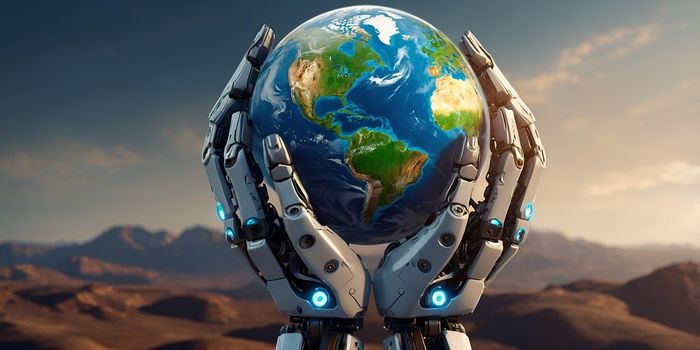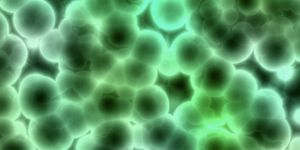Computer-Generating Genomes
Our DNA code, that stores all of our genetic information, is stored within our genome. Not only us, but other living organisms such as microbes have their own genome. Sequencing genetic information via DNA enables us to understand the microbes that fill our world.
Learn more about DNA sequencing:
Today, we have the DNA sequences of more than 200,000 microbial genomes and that biological data has been recorded digitally. Recent research aims to understand living systems through programing genetic data—this has become known as the digital revolution in biology.
In a recent study, researchers are aiming to advance the future applications of synthetic genomes for industry and health. To do so, the used digital genome design algorithm in partnership with big chemical DNA synthesis. They developed the world’s first fully computer-generated genome called ‘Caulobacter ethensis-2.0—the lab utilizes artificial genomes through synthetic biology applications.
To demonstrate their development, researchers computed the ideal genome of a natural freshwater bacterium. During the design process, scientists used more than 800,000 DNA letters in an artificial genome. Gene functions can then be tested even outside a living cell—researchers found that roughly 580 to 680 artificial genes could functionally demonstrate the promise of designer genomes.
The study brings relevance e to society and challenges that may arise as a result of using the technology.
Source: Science Daily









